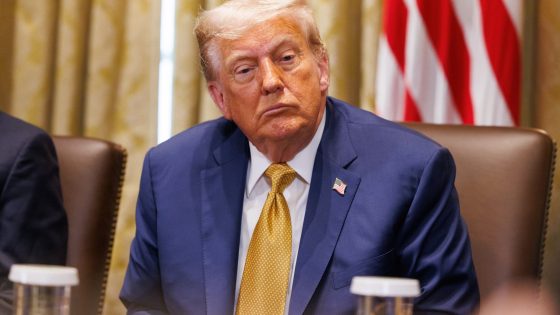The European Union (EU) is currently navigating uncertainty regarding a trade agreement with the U.S., with hopes for a resolution fading after the July 9 deadline passed. Despite initial optimism, no agreement has been finalized, leaving both parties in a state of limbo.
- EU-U.S. trade agreement remains uncertain.
- July 9 deadline for agreement has passed.
- Trump hints at improved EU communications.
- EU expected to agree on 10% tariff.
- U.S. Commerce Secretary acknowledges EU offers.
- Tariff impacts American consumers, not exporters.
President Trump hinted that a framework could still be on the horizon, suggesting that communications have improved. “We’re probably two days off from sending them a letter,” he stated, indicating potential progress. However, the EU has yet to receive any formal communication regarding new tariff rates.
This ongoing situation raises questions about the future of transatlantic trade. Will a 10% baseline tariff be acceptable to the U.S.? And how will it affect American consumers? Key points to consider include:
- Trade valued at approximately $1.97 trillion between the EU and U.S.
- Potential for a 10% tariff, significantly lower than Trump’s previous 50% demand.
- Improved communication between the U.S. and EU could lead to a breakthrough.
- American consumers may bear the cost of tariffs, impacting prices.
As discussions continue, it’s vital for stakeholders to stay informed and advocate for a resolution that benefits both sides. Will the EU and U.S. find common ground, or will uncertainty persist?




























